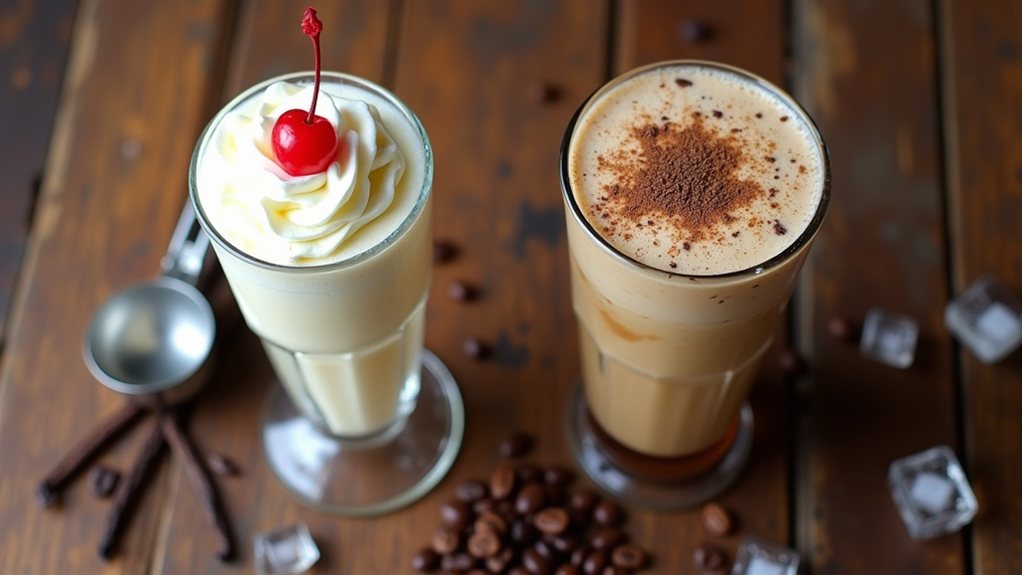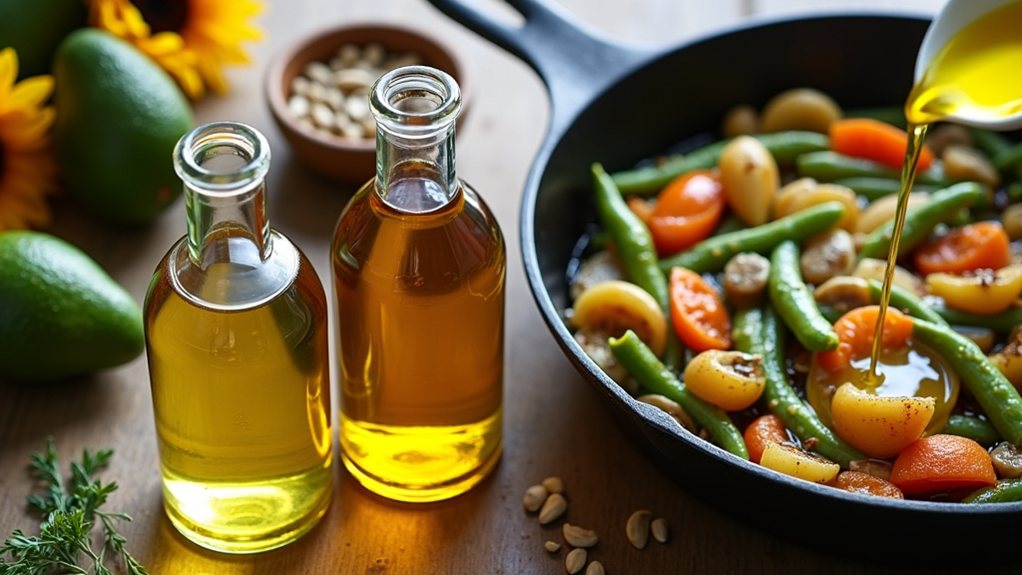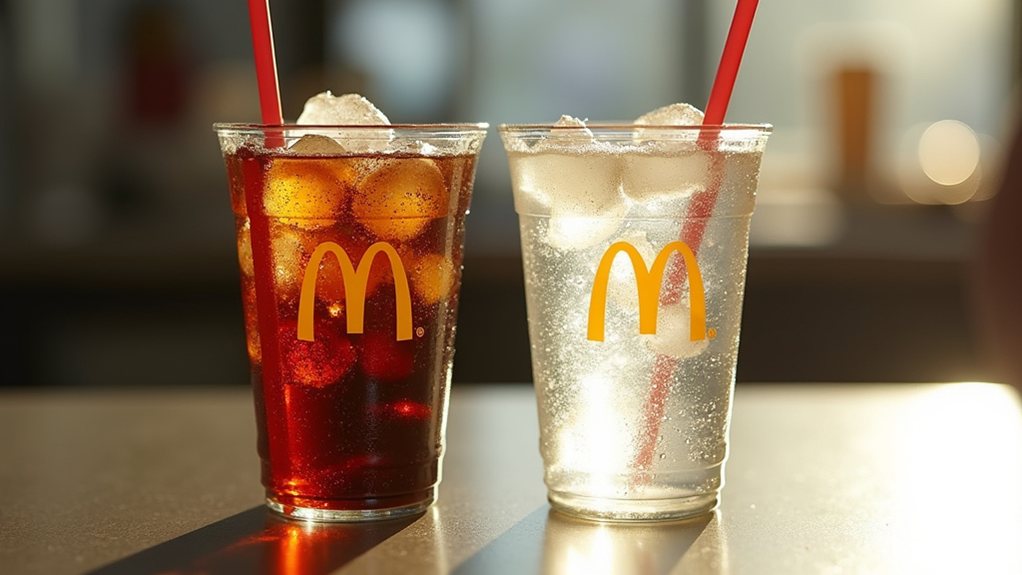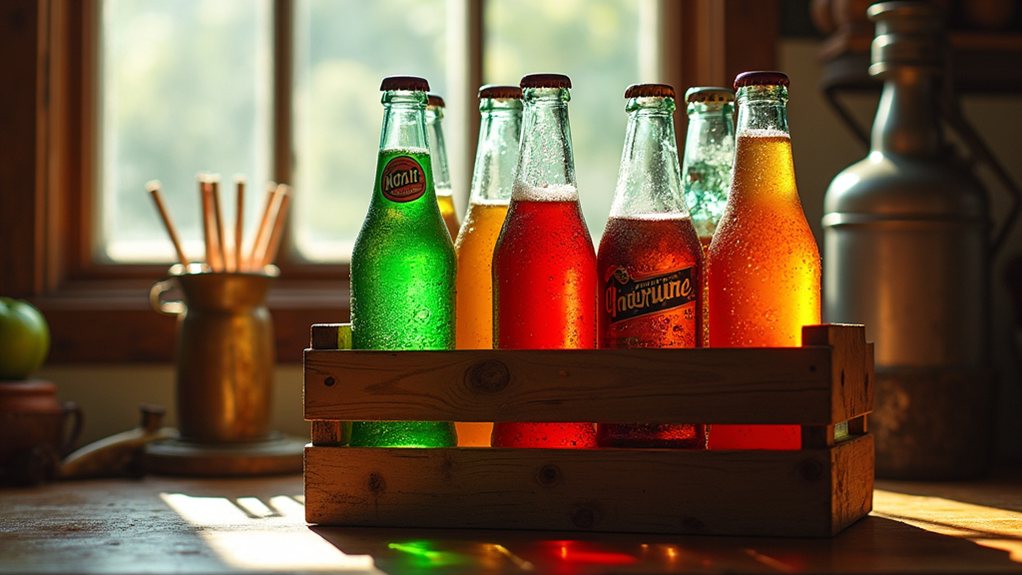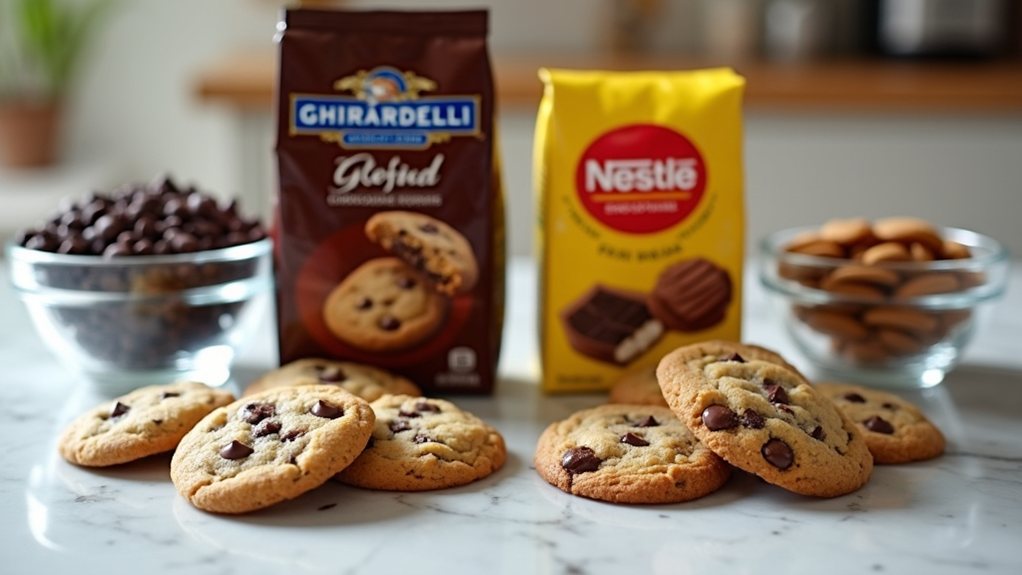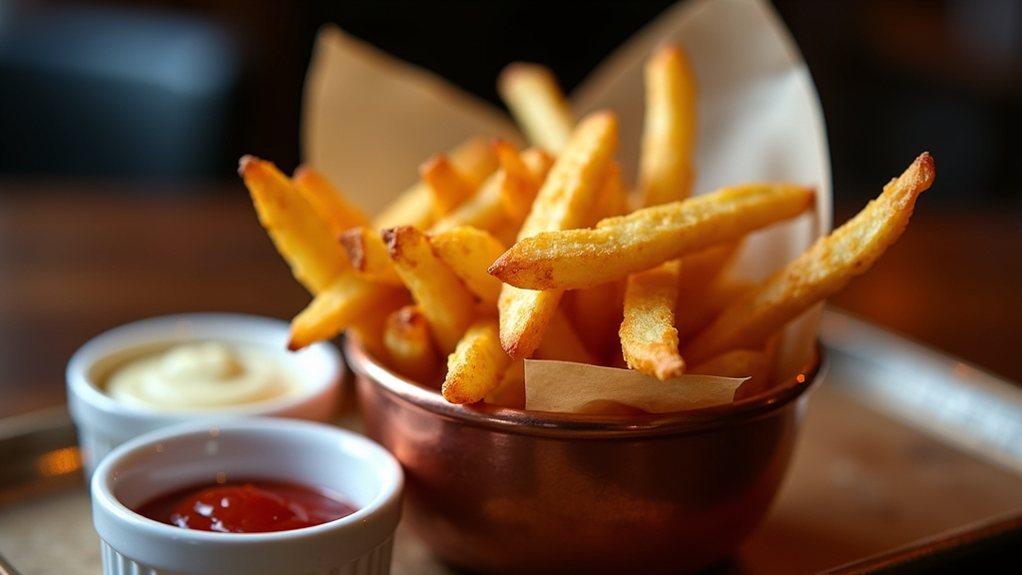Confusion reigns at the counter when customers order frozen treats, with milkshakes and frappes often mistaken for identical beverages. The casual observer might not notice the subtle distinctions, yet these differences define each drink’s character and nutritional profile. While both offer cool refreshment, their ingredient lists, preparation methods, and flavor profiles tell a different story. The creamy versus frothy debate represents just the beginning of what separates these popular cold confections.
The Core Differences Between Popular Frozen Drinks
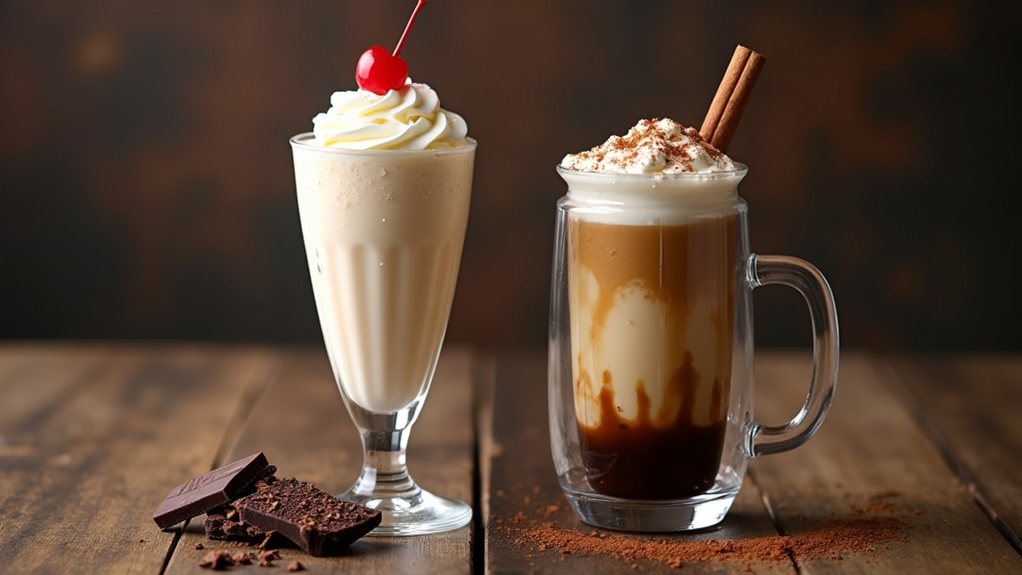
Confusion often swirls around these popular blended beverages, leaving many to wonder what truly separates a milkshake from a frappe. Despite their similar appearance, these drinks differ markedly in their basic ingredients, with milkshakes relying on ice cream, milk, and flavorings, while frappes combine coffee, milk, sugar, and ice. This fundamental difference creates distinct experiences for consumers, though regional variations, especially in New England where “frappe” often refers to a milkshake, can blur these lines.
While similar in appearance, milkshakes and frappes offer distinctly different experiences based on their core ingredients and regional interpretations.
The texture between these beverages reveals another vital distinction, as milkshakes offer a thick, smooth consistency thanks to their ice cream base, while frappes present a lighter, frothier experience created by blending ice with other ingredients. For those seeking alcohol-free options, hibiscus tea can add a tart flavor profile that elevates both beverages beyond their traditional recipes.
Manufacturing processes further improve these differences, with milkshakes typically blended in a single cycle until smooth, whereas frappes require additional blending to incorporate air for that characteristic frothy texture. Some frappe variations even rely on manual shaking rather than machine blending, particularly in traditional Greek preparations. The Greek frappe was invented in 1957 and has become an iconic cultural beverage throughout Greece and parts of Europe.
Health-conscious consumers might be interested to learn that milkshakes generally contain considerably more calories, ranging from 300-800 per serving, compared to frappes which typically register between 150-300 calories. This caloric difference stems primarily from the ice cream content in milkshakes, which contributes both fat and sugar to the final product. Those watching their waistlines can opt for modified frappes made with sugar-free syrups and low-fat milk alternatives. For a more indulgent treat, some bartenders incorporate classic cocktail elements like vanilla vodka or coffee liqueur to create boozy versions of these frozen beverages. Using transitional expressions throughout your explanation helps readers follow the comparison between these two popular beverages more easily.
The historical paths of these beverages diverged long ago, with milkshakes evolving from whiskey-based concoctions in the late 1800s to the ice cream versions we recognize today, while frappes trace their roots to Greece in 1957.
Both drinks continue to evolve through culinary innovation, with modern interpretations featuring unexpected flavors like red velvet milkshakes or matcha frappes. Whether you prefer the rich indulgence of a milkshake or the caffeinated refreshment of a frappe, understanding their differences deepens appreciation for these beloved frozen treats.
